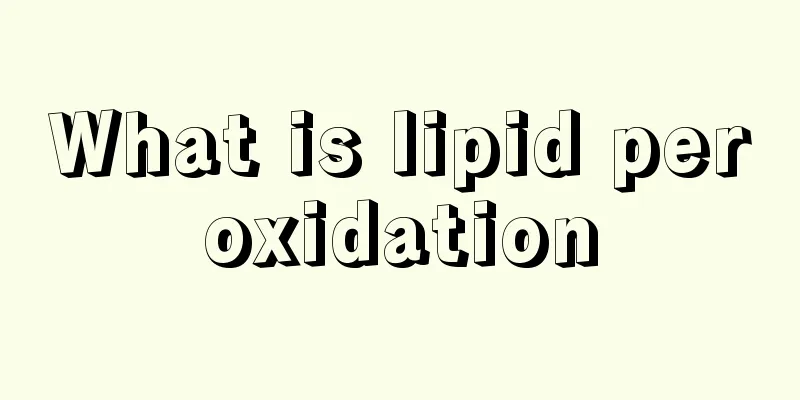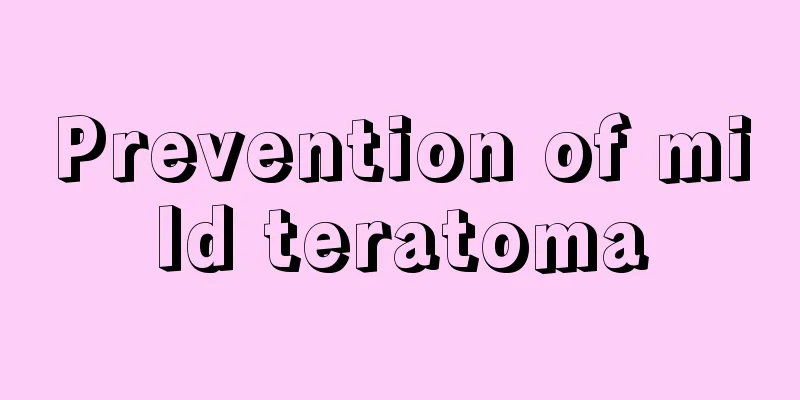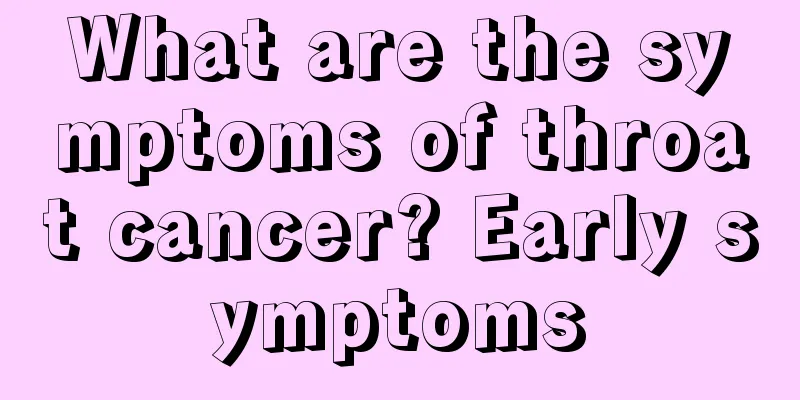What is lipid peroxidation

|
Lipid peroxidation is actually a product of the reaction between oxygen free radicals and polyunsaturated fatty acids. It is widely used in clinical practice. It has a great reaction to the active stage of chronic hepatitis, the decompensated stage of cirrhosis, liver fat, drug-induced liver injury, etc. However, we must also pay attention to its effects on the human body, which may harm the health of the body and damage cells. 1. Introduction Lipid peroxides are the products of the reaction between oxygen free radicals and polyunsaturated fatty acids. Under normal circumstances, the LPO content is extremely low, but in pathological conditions, the enhanced lipid peroxidation reaction can lead to an increase in LPO. An increase in LPO can cause various damages to the structure and function of cells and cell membranes. Lipid peroxides are peroxides formed by the action of unsaturated fatty acids through free radicals. Lipid peroxides and oxygen free radicals can destroy biological membranes, RNA and DNA. They are related to indicators such as superoxide dismutase and oxygen free radicals and aging. They can inhibit immune function and are related to tumors. They are related to the production of certain denatured proteins and can enhance platelet aggregation. 2. Clinical Significance of Lipid Peroxides Active chronic hepatitis, decompensated cirrhosis, fatty liver, drug-induced liver damage, alcoholic liver disease. 3. Hazards of lipid peroxides (1) Lipid peroxides can react with almost any substance in food, reducing the quality of the food. Example: The reaction of lipid peroxides and proteins can reduce protein solubility (protein cross-linking), change color (browning), and reduce nutritional value (loss of essential amino acids). (2) Hydrogen peroxide can react with almost all molecules or cells in the human body, destroying DNA and cell structure. If the -NH2 in the enzyme molecule undergoes the aforementioned cross-linking reaction with propylene glycol, it will lose its activity. After proteins become cross-linked, they lose their biological activity. After being engulfed by lysosomes, these damaged cellular components cannot be digested by hydrolases, and accumulate in the body, causing age spots. |
>>: Can the big three positive turn negative
Recommend
What is the reason for sore feet and calves
Although sore feet and calves are symptoms that o...
Can colon cancer metastasized to the lungs be cured?
In the late stage of colon cancer, metastasis sym...
Is stomach acid caused by cold stomach or hot stomach? How to distinguish?
Each of us has different physical fitness. If we ...
What disease does nosebleed indicate and what are the causes?
It can be said that most people have experienced ...
The difference between mineral salt and sea salt
As we all know, salt can be divided into mineral ...
How long does it take for a urine test to detect drug use
People who are under heavy pressure often choose ...
Why does sweat smell bad?
In the hot summer, people often sweat profusely. ...
What are the misunderstandings about winter health care
Winter is coming soon. Many people hate winter ve...
What are the benefits of scraping the whole body
Gua Sha is a massage method that is familiar to p...
What are the methods of using plant hair dye
In our lives, plant hair dyes are used by many mi...
Precursors of breast cancer brain metastasis
Premonitions of breast cancer brain metastasis: B...
Is air bangs suitable for a wide forehead?
When it comes to air bangs, we all think of the b...
Nursing rounds for metastasis of nasopharyngeal carcinoma after radiotherapy and chemotherapy
Radiotherapy has many side effects, such as mucos...
What nursing measures are there for lung cancer patients? These nursing measures should be taken for lung cancer patients
Here I would like to suggest that all friends sho...
What are the benefits of alternating hot and cold water baths?
Many people choose to take a bath to relax their ...









